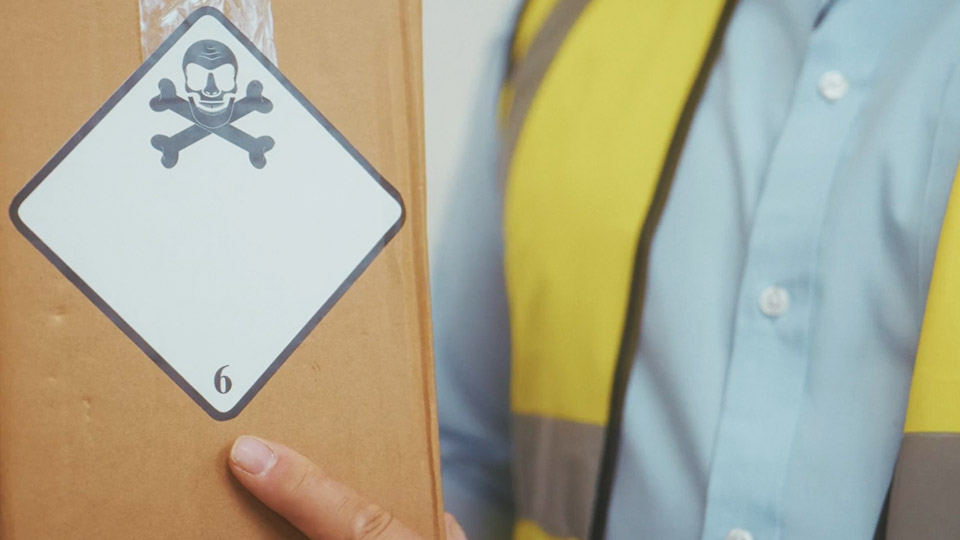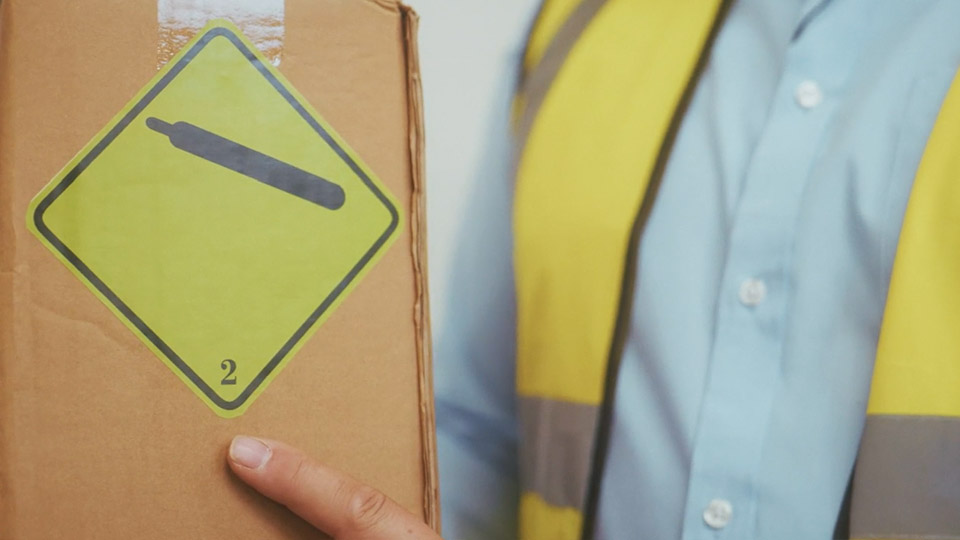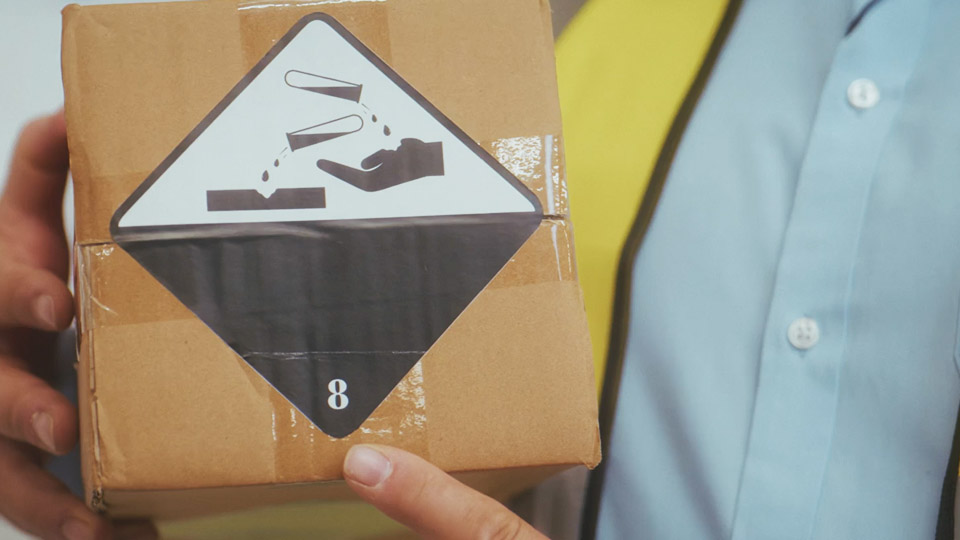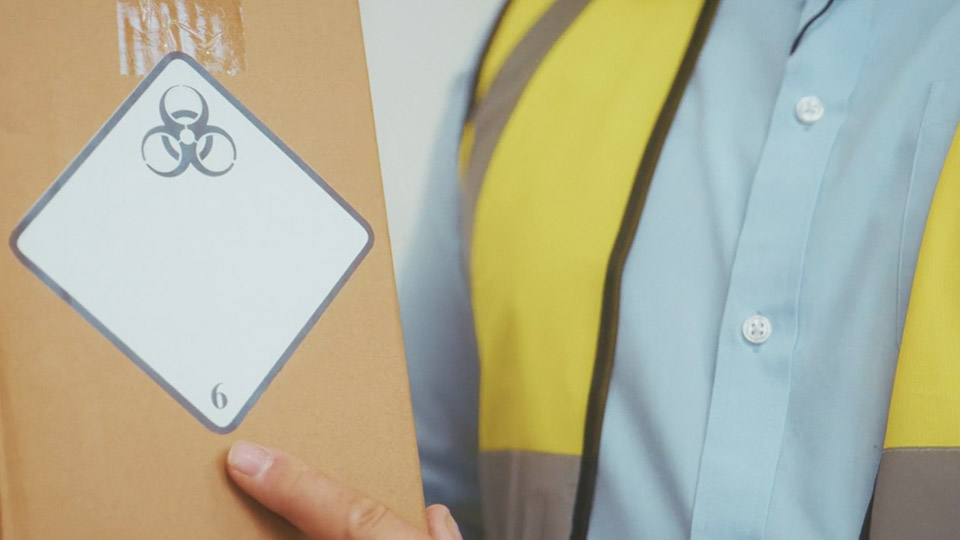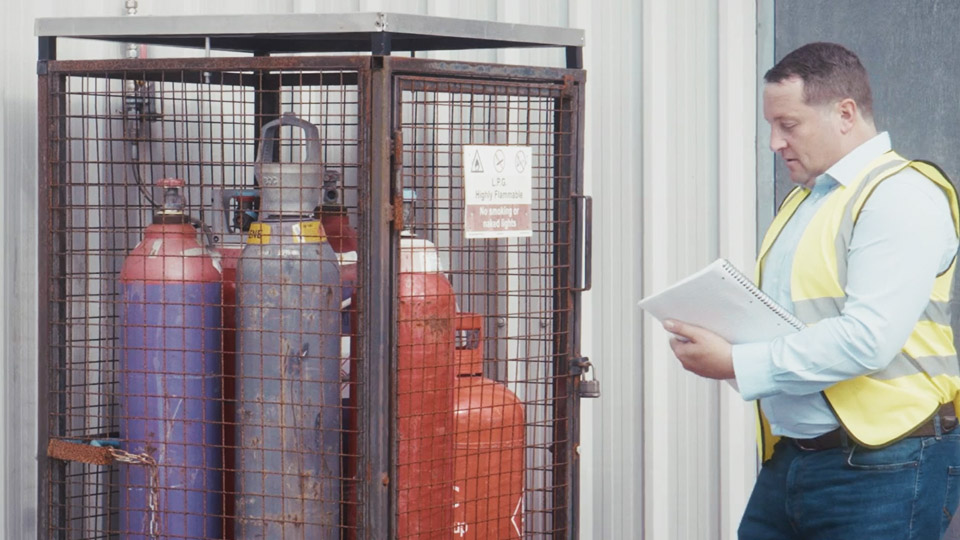Most manufacturing, logistics or warehouse applications handle materials that feature safety labels. You may know what they are, but do you know how they link with DSEAR?
Richard Ellis puts label knowledge to the test and explains how the UK Dangerous Substances and Explosive Atmospheres Regulations (DSEAR) outline legal duties for UK businesses and staff working with dangerous substances, such as explosive or hazardous material.
A dangerous substance is any substance in the workplace that can cause harm to people and property, if not properly controlled.
If any product in your business features a hazard / transport pictogram (also known as a safety label), it will alert you to the presence of a hazardous substance.
The safety labels help to show that the substances might cause harm to people or the environment and that DSEAR regulations may apply to you.
To comply with DSEAR, employers must put measures in place to remove risks and reduce the effects of any incidents. Integral to this, is making sure staff are properly informed about, and sufficiently trained, to control or deal with the risks. Hazardous area classification may also need to be introduced.
EXSolutions produced the video above to promote awareness of hazard labelling to help make the connection with DSEAR responsibilities and optimising safety.
Unfortunately, despite label knowledge and clear awareness of the product characteristics, many businesses fail to address safety issues and expose employees to risk, despite this being a fundamental duty under the Health and Safety at Work Act. Quite often, addressing safety issues is not expensive or time consuming.
Before scrolling down this page, have a look at the transport pictograms in the video, which also feature the subcategory number.
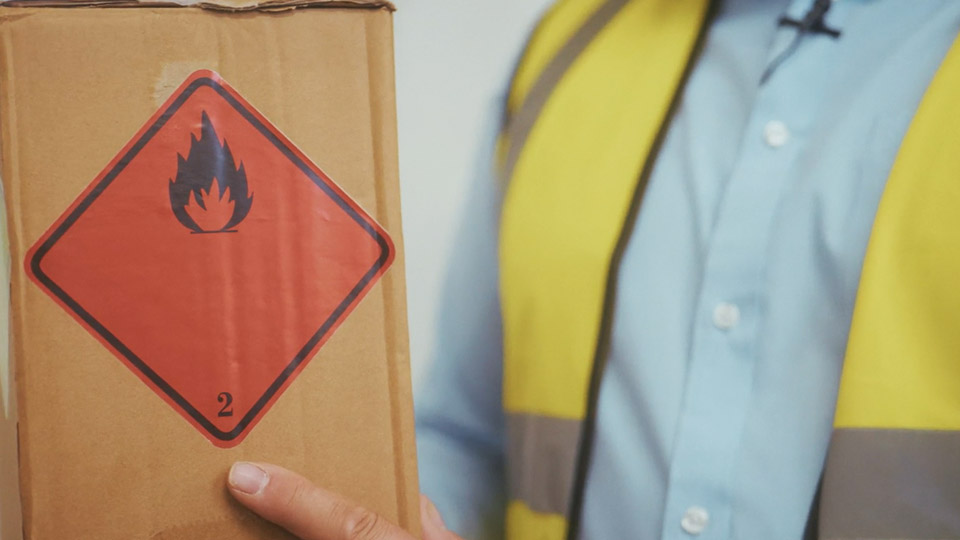
Compressed, flammable gas label 2
A flammable sign can relate to gases, liquids, or solids, and it is important to know which one. The illustrated label is class 2 rated, indicating a flammable gas, compressed in a pressurised container with the potential to catch fire and burn. The high pressure means the gas can be very harmful if the container is damaged or subject to extreme heat (in the case of a fire, for example).
Degree of toxicity – Poison label 6
There are lots of skull and crossbow signs on products in supermarkets, distribution centres, and warehouses that indicate the presence of poisons or toxic substances. The UN classification here is 6, which means the product is liable to cause death, serious injury, or harm if swallowed, inhaled, or absorbed by the skin, in the event of a leak.
Gas under pressure, safety label 2
This green label with the image of a cannister denotes a non-flammable and non-toxic gas, stored under pressure. Non-toxic elements can be misleading and presumed relatively safe; however, handlers need to be alert to the possible dangers of compressed gases or liquid (toxic or not). Even non-toxic products must be handled and managed safely to prevent harm and injury.
Corrosive substance warning label 8
The distinct corrosive substance label applies to any type of chemical or substance that can corrode, disintegrate, or melt other material. Some of these can even corrode metal, like steel or aluminium, and must be handled with extreme caution. The class 8 indicator on this label denotes the presence of strong corrosives.
Infectious product label 6
This UK-compliant infectious substance label is widely recognised and provides a clear indication of the dangers when handling the material to help prevent the spread of biological and infectious diseases and promote safety in the workplace.
Seek expert advice to promote safety and protect your business
While many people think DSEAR is only about flammable material and preventing explosions, this is not the case. If you’re simply not sure and want to have an initial conversation about your site, give us a call at EXSolutions. Our hazardous area experts can help ensure your operation is safe and compliant with DSEAR.
Contact the EXSolutions team for help complying with DSEAR or call Richard Ellis on :+44 (0) 1273 456800.
About the author – Richard Ellis, EXSolutions
Richard Ellis is a hazardous area professional at EXSolutions in the UK, with significant experience in ATEX explosion proof product engineering.
More reading on DSEAR from the UK HSE.
